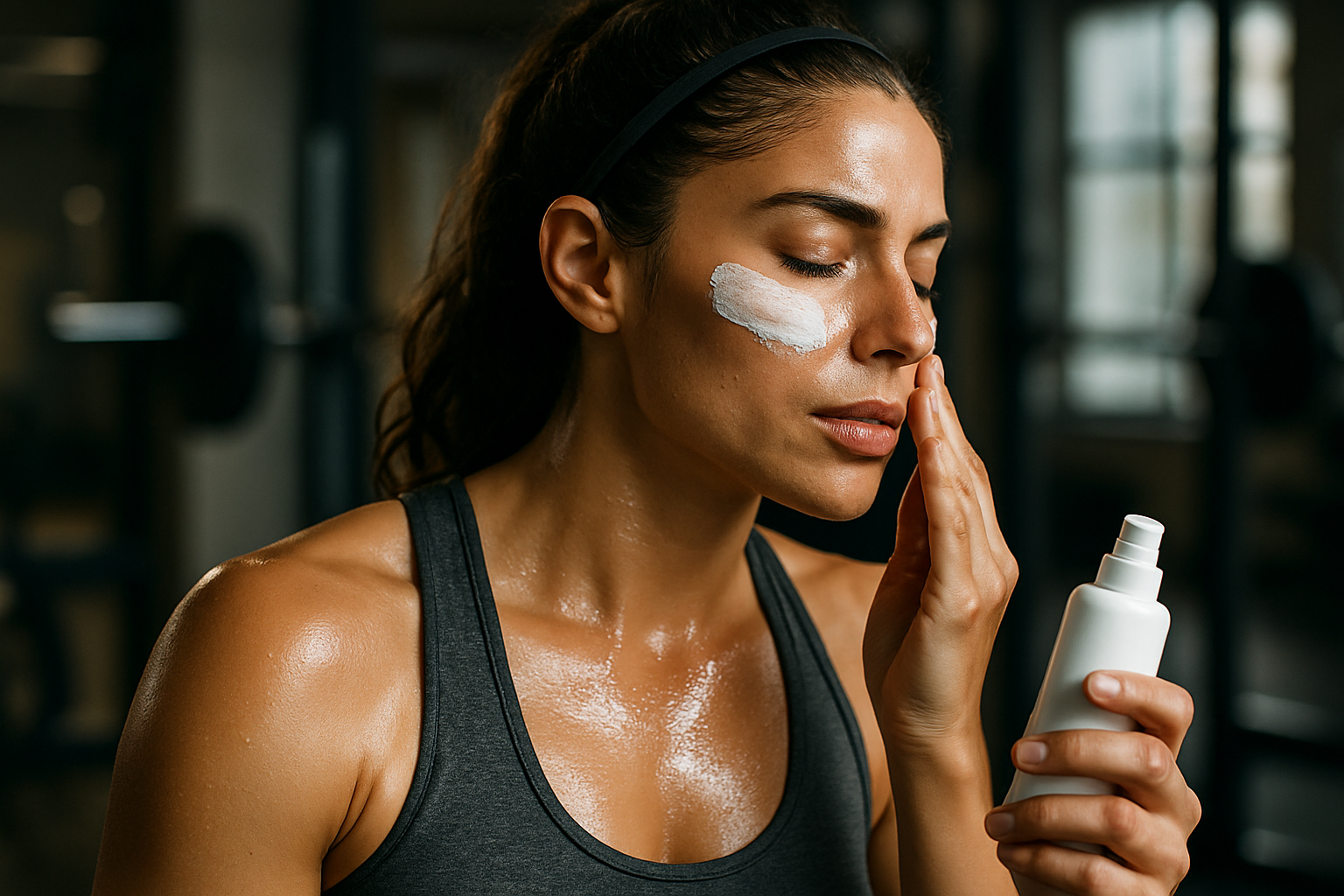Beyond the Sweat: The Unexpected Connection Between Fitness and Skincare
Fitness and skincare have long been considered separate realms in the wellness industry. However, recent years have seen a growing awareness of the interconnectedness between these two areas. Today, they're increasingly recognized as two sides of the same coin when it comes to achieving overall wellness. This article offers a comprehensive exploration of the intimate relationship between fitness and skincare, discussing the historical context, current trends, industry impact, and evidence-backed benefits.

The Deep-Rooted Connection: A Historical Perspective
Historically, skincare was primarily a beauty-centric practice, while fitness focused on physical strength and endurance. The ancient Greeks, for instance, viewed physical training as a means to achieving ideal beauty standards. Their skincare rituals, meanwhile, were elaborate and aesthetic-oriented. However, they also acknowledged the skin’s physiological functions, like excretion and temperature regulation, hinting at an understanding of the skin’s role in overall health.
The 20th century saw these two industries develop in parallel, yet distinctly. Fitness evolved from basic physical activities to structured workouts, while the skincare industry expanded on the cosmetic front. However, a pivotal shift occurred in the late 20th century, with a growing emphasis on holistic wellness. This marked the beginning of the convergence between fitness and skincare, as both were seen as integral to maintaining optimal health.
The Convergence: Current Trends and Expert Analysis
Today, industry professionals acknowledge that working out doesn’t just tone your muscles—it also has significant skincare benefits. Regular exercise enhances blood circulation, promoting nutrient delivery and toxin removal in the skin. This can result in a healthier complexion, reduced acne, and slower skin aging.
Furthermore, the skincare industry has begun to develop products specifically tailored for active individuals. These include sweat-resistant sunscreens, post-workout cleansers, and soothing face mists. The rise of ‘active skincare’ underscores the awareness of the symbiotic relationship between fitness and skincare.
Dr. Ava Shamban, a board-certified dermatologist, explains, “When you’re exercising, you’re not only boosting your overall health but also improving your skin’s health. The skin is our largest organ, and its wellness is intricately tied to our lifestyle, including fitness.”
The Impact: Fitness-Skincare Products and Market Relevance
This convergence has led to the emergence of a new market segment—fitness-skincare products. Brands like Sweat Cosmetics and Skin Gym offer products designed to withstand intense workouts without clogging pores or causing skin irritation.
This market segment’s relevance is evident in its steady growth. According to a report by Grand View Research, the global skincare market size was valued at $145.3 billion in 2020 and is expected to grow at a compound annual growth rate (CAGR) of 4.4% from 2021 to 2028. The ‘active skincare’ segment is projected to be a key contributor to this growth.
Evidence-Backed Benefits: Why Fitness and Skincare Work Together
The correlation between physical activity and skin health is supported by scientific research. A study in the Journal of the American Academy of Dermatology found that regular exercise can help manage skin conditions like acne and psoriasis. Another study in Aging Cell discovered that individuals over 40 who exercised frequently had healthier, younger-looking skin compared to their sedentary counterparts.
The integration of fitness and skincare into one’s wellness routine can also boost mental health. Exercise releases endorphins—the body’s natural mood lifters—while a skincare routine can provide a sense of control and self-care.
In The Future of Fitness and Skincare
The convergence of fitness and skincare reflects a broader trend towards integrated wellness. As this continues, we can expect to see more innovations that merge these two sectors, along with increased consumer education about their mutual benefits. As the saying goes, ‘beauty is more than skin deep’—and it seems, so is fitness.
In the end, the goal is the same: to help individuals achieve optimal health and well-being, both inside and out. The journey towards this goal is not about isolating different aspects of wellness but recognizing their interconnectedness and harnessing their combined power for holistic health.





